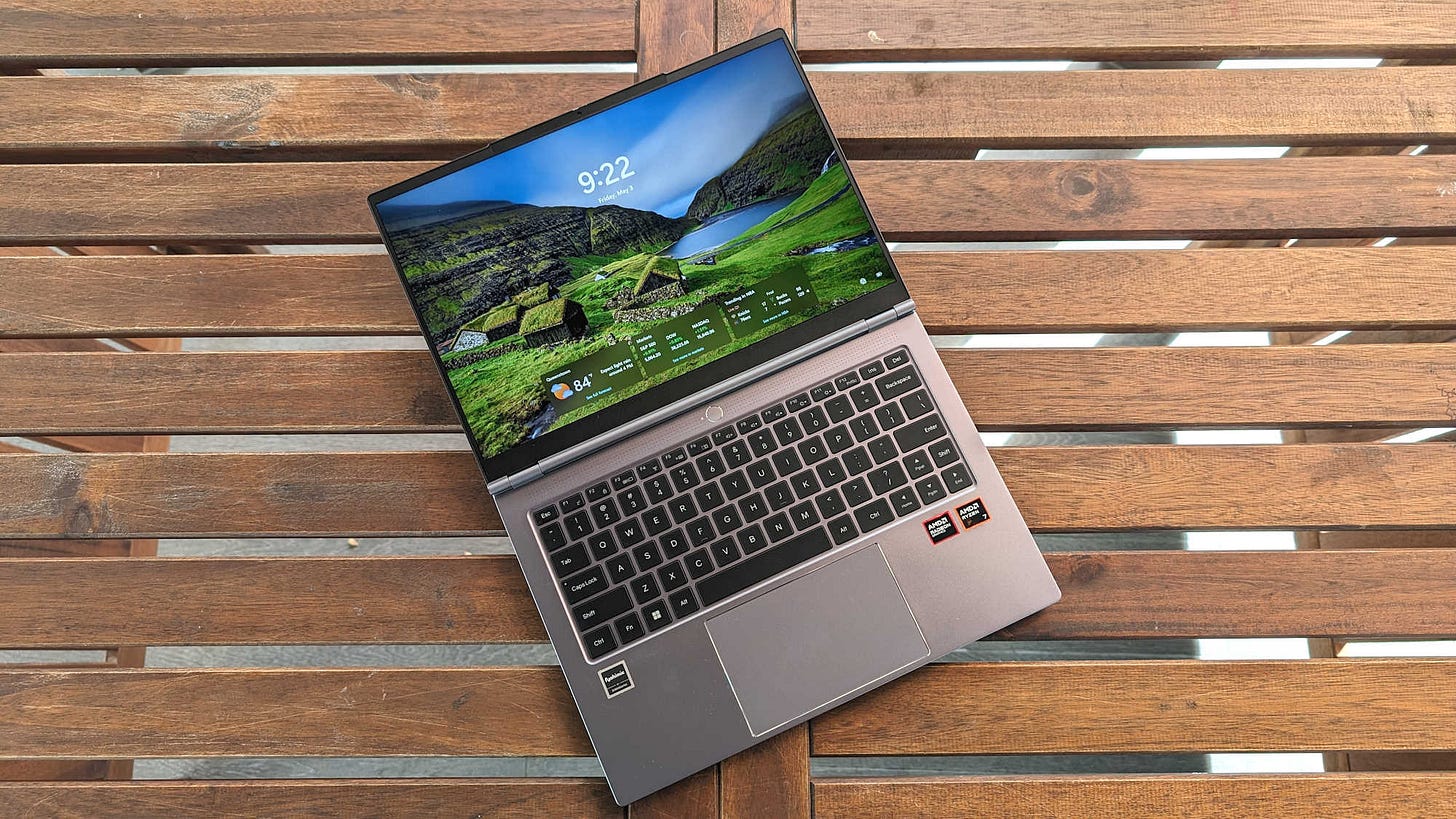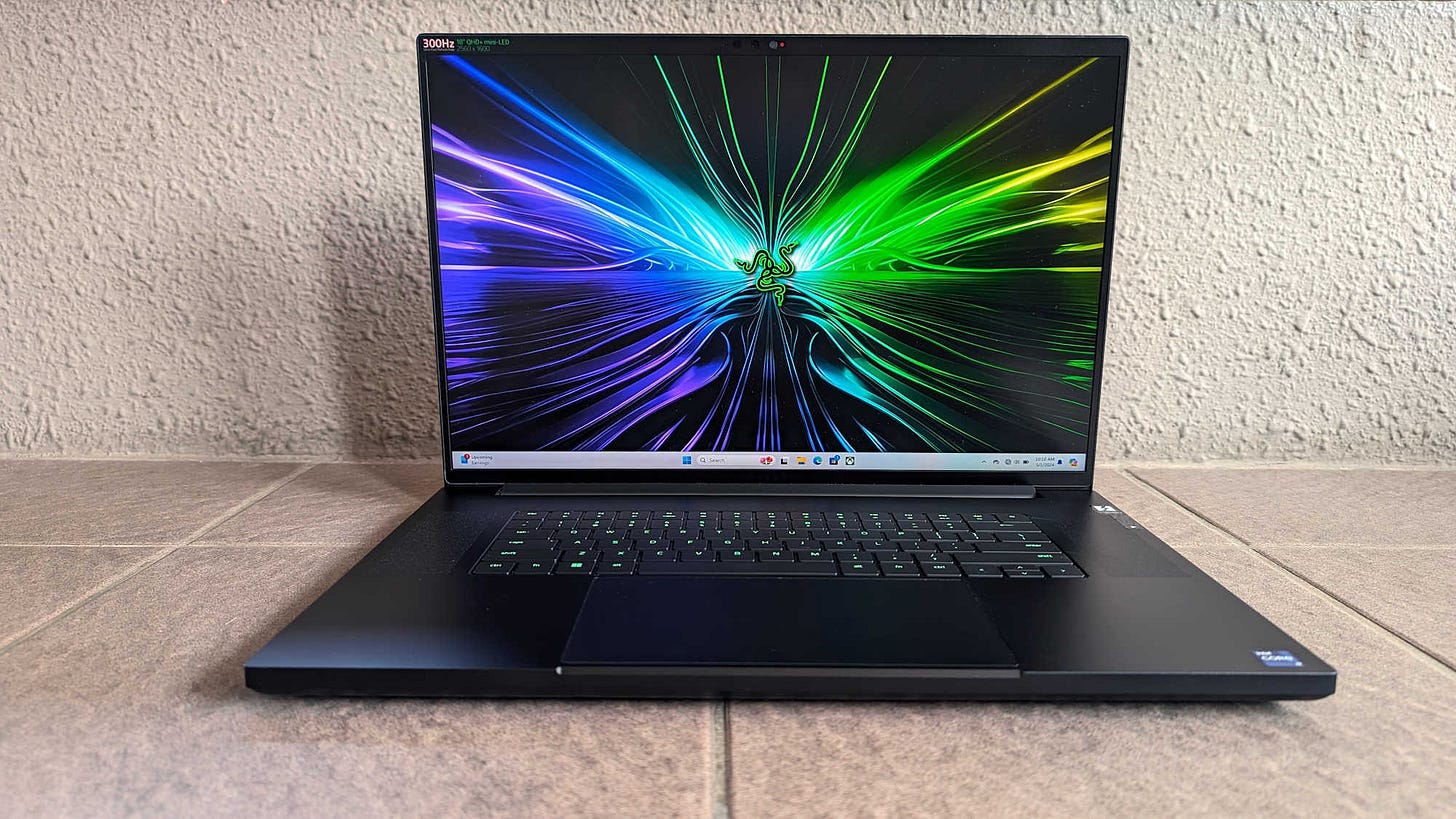What's up with the Pixel 8a pricing?
$50 price hike brings it even closer to the discounted Pixel 8
To kick off its annual I/O developer conference happening next week, Google has announced the latest iteration of its cheaper Pixel A-Series phone, the Pixel 8a. It’s supposed to be a more affordable, cut-down version of the Pixel 8 phones that were launched last year.
But at S$799, the Pixel 8a is S$50 more than the previous Pixel 7a (S$749). This also further narrows the price gap between the Pixel 8a and the Pixel 8, which has already been discounted (S$899 or less, down from S$1,099). You’d expect such sales to be more frequent as we approach October for the next Pixel event. Even Google has slashed the Pixel 8’s price on its store — a fortnight or so before the Pixel 8a announcement, of course. There are even more attractive deals from other retailers, especially if you’re not too concerned about local warranty.
To be fair, you’re getting practically the same user experience with the Pixel 8a. All the Pixel 8 phones use the same processor, and hence share most of the AI-powered features. You know, crowd favourites like Magic Editor, Best Take and Photo Unblur. Even the newer ones, like Circle to Search, are included in the Pixel 8a. But the Pixel 8 still has superior hardware, and looks like the better deal overall when discounted. I just can’t get around the Pixel 8a’s price, it’s a head-scratcher, for sure.
Meanwhile, Apple launched a new iPad Air and iPad Pro, both now come in 11-inch and 13-inch models. The iPad Pros are now super thin, with the 13-inch version coming in at just 5.1mm thick. Available on May 15, these tablets are up for pre-order today. We look forward to reviewing them soon.
This week, we checked out a neck air-conditioner that works for both warm and cold weather, an ultrabook that offers some light gaming, and a larger, more powerful full-fledged gaming notebook.
With heat waves hitting huge parts of Asia, you’ll want the Torras Coolify Cyber hanging around your neck. The latest version of this neck air-conditioner features a deeper curve at the back for more fans, and comes with three zones that use a Peltier cooler to instantly chill the skin. The battery life is shorter than the previous version, but still decent at over 2 hours at the highest cooling mode.
If you need a portable ultrabook for work, but still desire to play some PC games during downtime, the Aftershock Lunar 14 is an affordable option at S$1,099. It packs a capable AMD processor that can run older or less-demanding PC games. The 14-inch display is sharp enough, and has a decent 120Hz refresh rate for gaming. A solid compromise.
But if you do have the budget to splurge on a top-tier gaming notebook, the latest Razer Blade 18 makes a strong case with its excellent Mini-LED screen that’s not only fast (300Hz), but looks vibrant. The speakers, too, are among the best you can get on a notebook. However, the performance isn’t that much better than last year’s model, and it still runs really warm.







